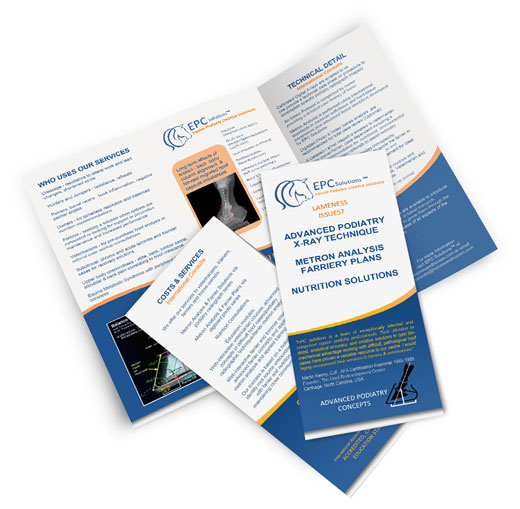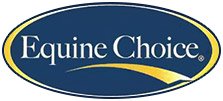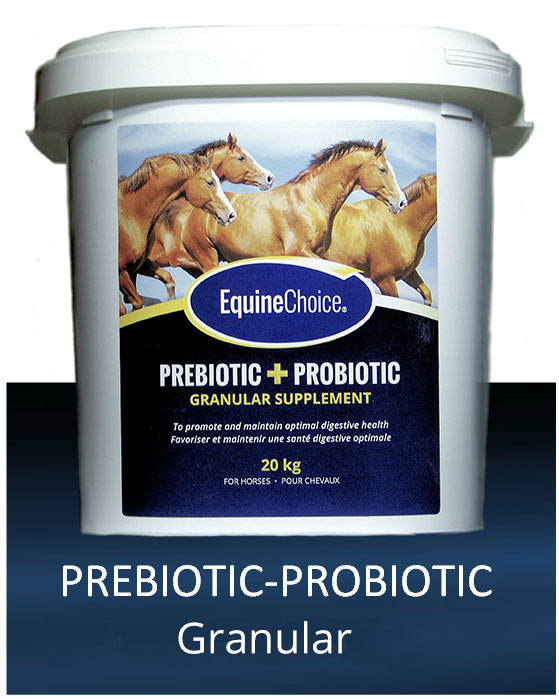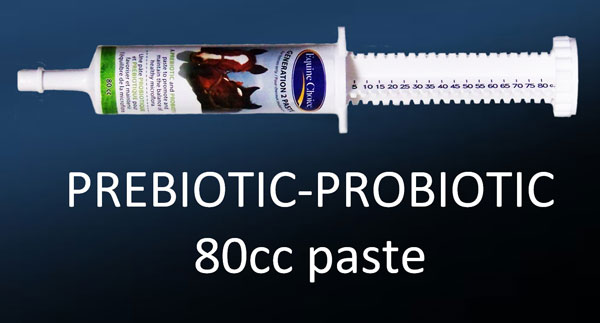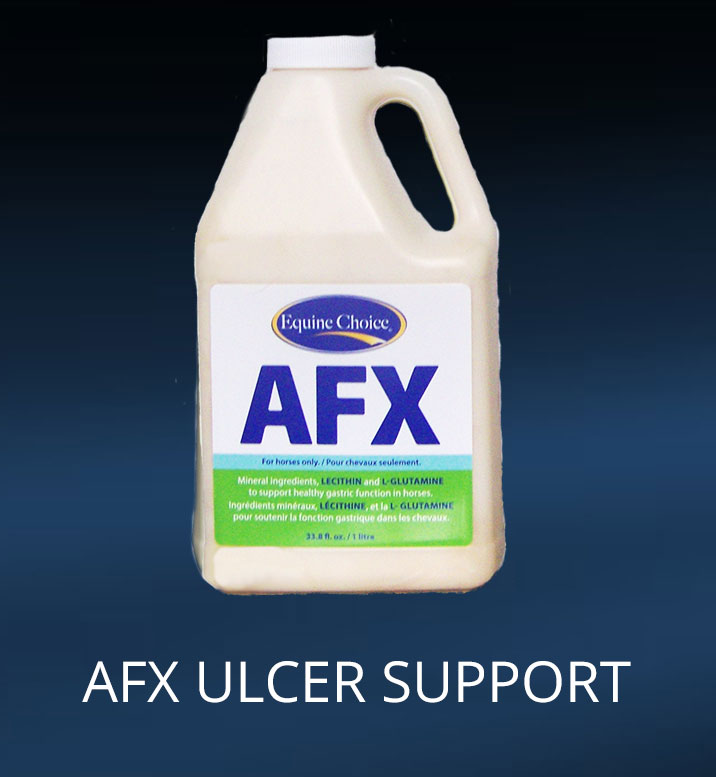Did You Know?
TOP TEN KEY FACTS - THE HORSE
- Equine lameness is prevalent around the world. Laminitis remains the number 2 cause of death in horses worldwide.
- Colic has now been better identified and can have systemic repercussions affecting the laminae of the horse's hoof.
- Hind gut disturbances in micro-flora also known as hindgut lactic acidosis from high fructan and carb diets, shifts in diet, stress, or from antibiotic use contributes to these shifts in micro-bacteria that can affect lamellar degradation in the hoof.
- Ulcers are very common in the domesticated horse. This can affect performance, behaviour, appetite and colonic ulcers can compromise the intestinal lining allowing toxins to cross into the blood stream affecting lamellar weakening in the hoof.
- Mal-alignment of the phalangeal bones of P1, P2 and P3, also known as broken back bony column alignment creates stressors on the bone joints. The long toe, under run heel causes excessive bone concussion from toe first landing, development of ringbone and sidebone is prevalent and pain in the caudal parts of the foot occurs with inflammation in the navicular area from excess friction with the DDFT tendon.
- Pain in the distal limb can cause a contracture also known as a club foot.
- Therapeutic shoeing and pre-formed engineered shoes on the market today give us an opportunity to relieve and support many pathological areas on the hoof and restore the horse to comfort levels, often with a return to performance.
- The majority of hoof cracks can be related back to poor hoof symmetry and balance and can be arrested and grown out with proper foot care.
- Thrush is a prevalent condition worldwide that destroys the integrity of the back part of the foot and causes significant frog pain. It often penetrates into the internal soft tissue structures. The result is a horse that avoids landing heel first or buckles at the fetlock despite a good trim.
- Mud fever aka; scratches, greasy heel- is often a sign of compromised immune health from poorly balanced nutrition. Skin lesions such as mud fever often resolve in horses that are diagnosed with PPID and placed on medication (pergolide).
TOP FIVE KEY FACTS - HIND LIMBS
- Most lameness evaluations NO NOT include podiatry x-rays of the hind feet yet many fore limb lameness' or potentials for breakdown result from sore hind feet shifting excess weight to the front end.
- Long toes on hind feet exaggerate lumbar rounding and while it's a quick fix for performance rounding of the back, it strains the back combined with the unnatural bony column alignment in the hooves, resulting in pathology and eventual break down of the horse.
- Long pointy toes ill-perceived as "purchase" create hoof pathology and predispose the hoof capsule to migrate forward.
- Migrated hoof capsules lose palmar angle, create soft tissue inflammation, not just within the hoof capsule but demonstrates as sore stifle, sore hock, lumber sacral back pain and can cause irritability and other upper body unsoundness from compensation.
- Podiatry X-ray and Metron analysis of hind feet and farrier prescription provide optimal information to correct hoof avulsions. Creating hind limb comfort and optimizing locomotion results in reduced loading of the forehand and better self carriage, developing a correct posture.
TOP FIVE KEY FACTS - NUTRITION & TURNOUT
- Studies show the feral horse eats over 20 different foodstuffs, native gramanoids (dispersed grasses), forbes (flowering plants), shrubs(leaves and branches) as the main food groups dependent on their environment and the seasonal changes. The only common denominator a domesticated horse eats is grass and water, but domesticated pasture grass is far denser and 3x the sugar levels. A 500kg grazing horse will eat around 50 kg of grass, hence consume around 2 kg or 2000g of sugar every day and an equivalent consumption of hay – around 11.5kg – will provide 1kg or 1000g of sugar.
- More studies are pointing to the relational development of Insulin resistance, known as IR, PPID known as Cushings and general metabolic syndrome dysfunction in correlation to the domestic diet.
- Studies examining the distance travelled by domesticated horses placed in an open turnout area - a paddock measuring 100 x 50 meters versus the paradise paddock design of same size, showed that the average mean daily distance travelled was highest for the open paddock design.
- Horses are generally underfed their protein- amino acid requirements per day.
- Encapsulated probiotics can enhance the digestion of nutrients, bolstering the immune system and supporting a tight mucosal lining of the intestinal wall to keep toxins from seeping through into the blood stream.


